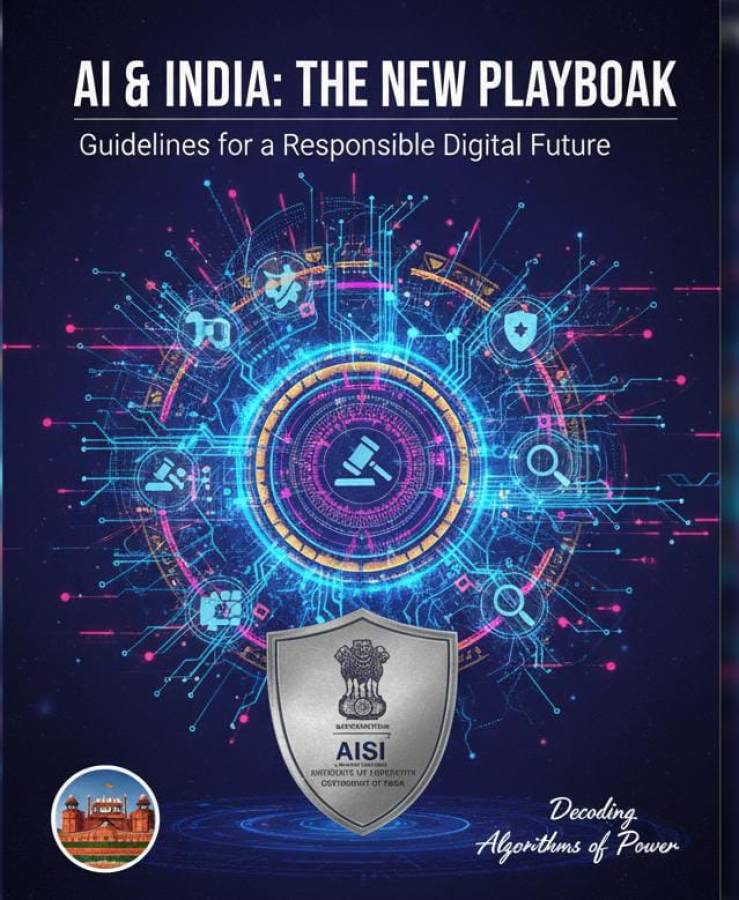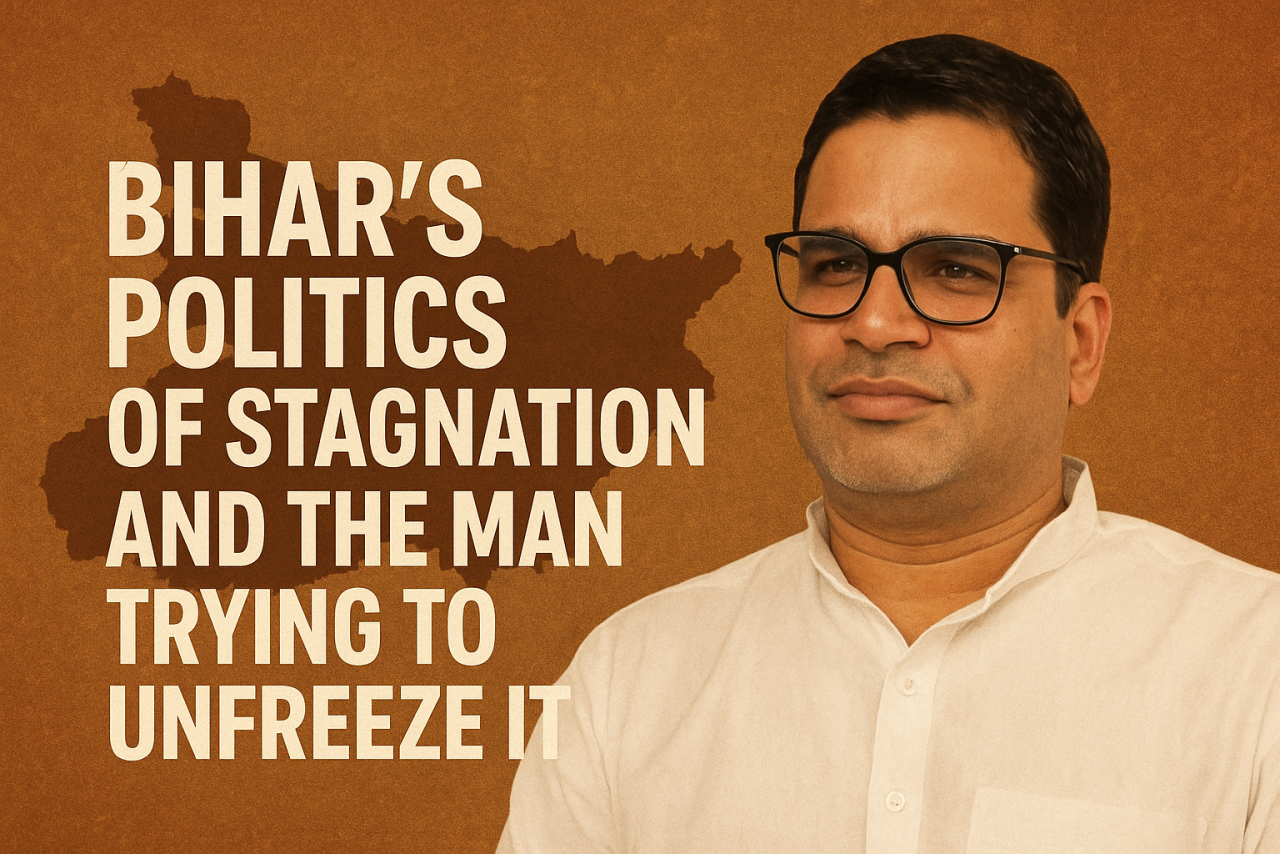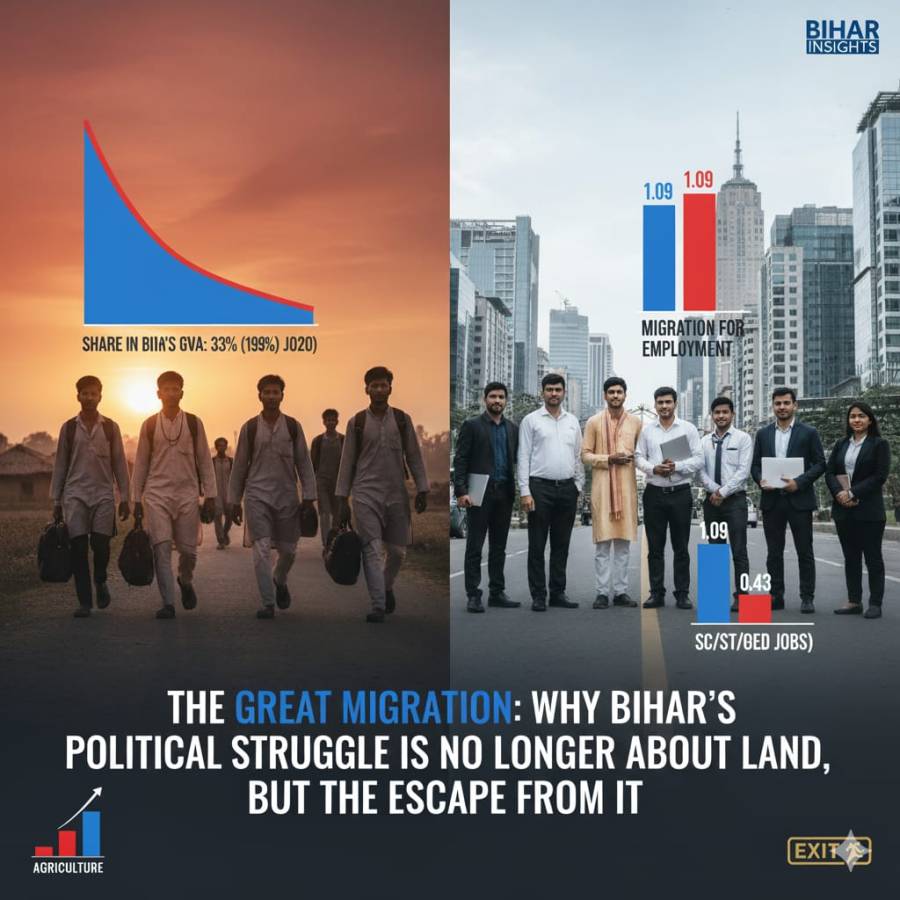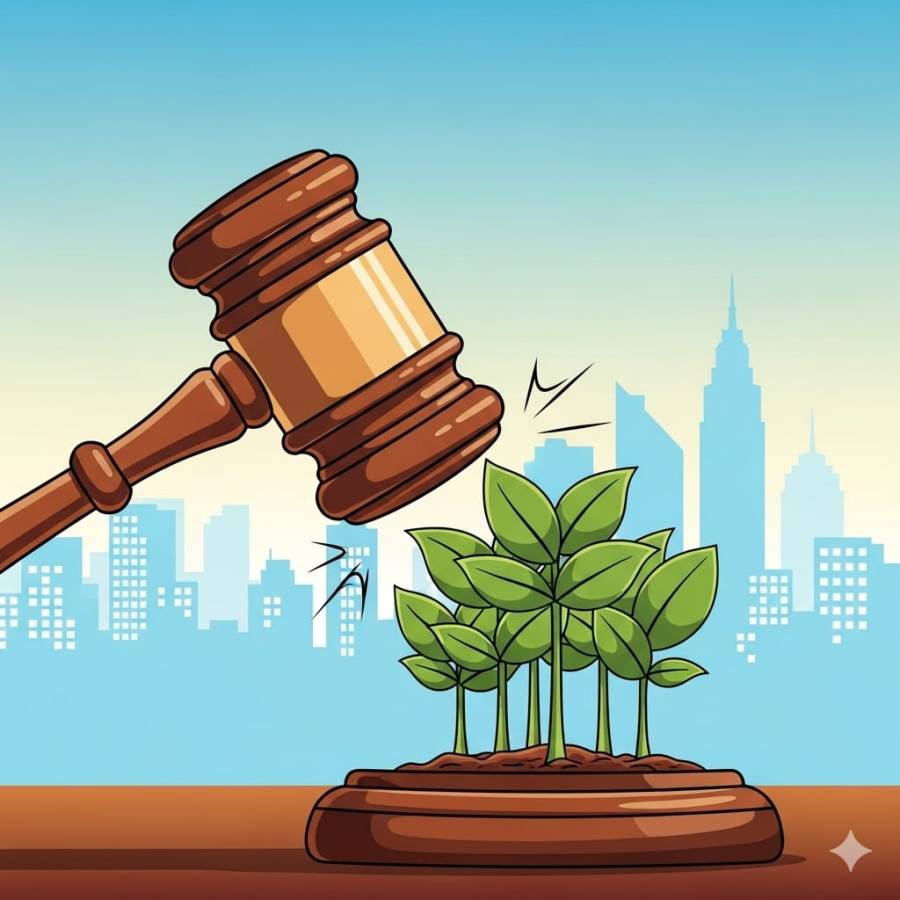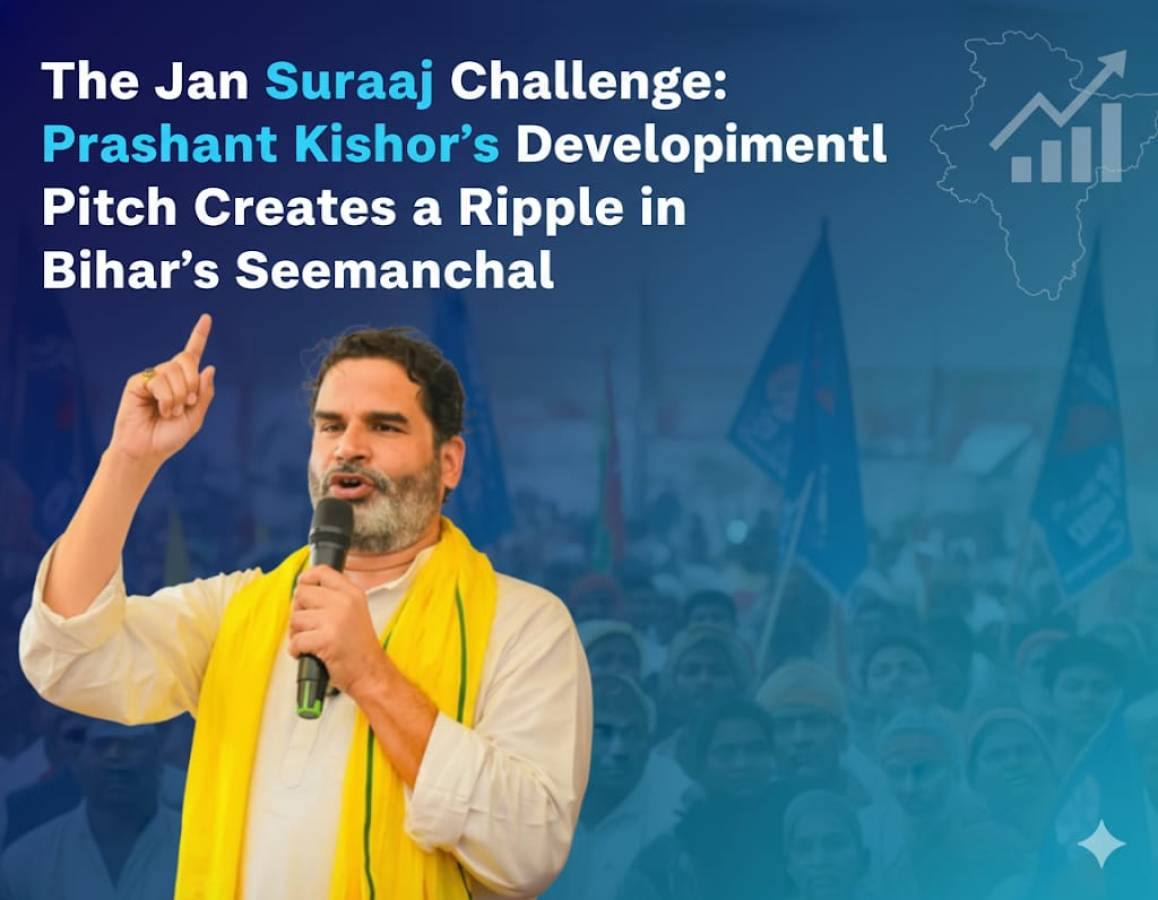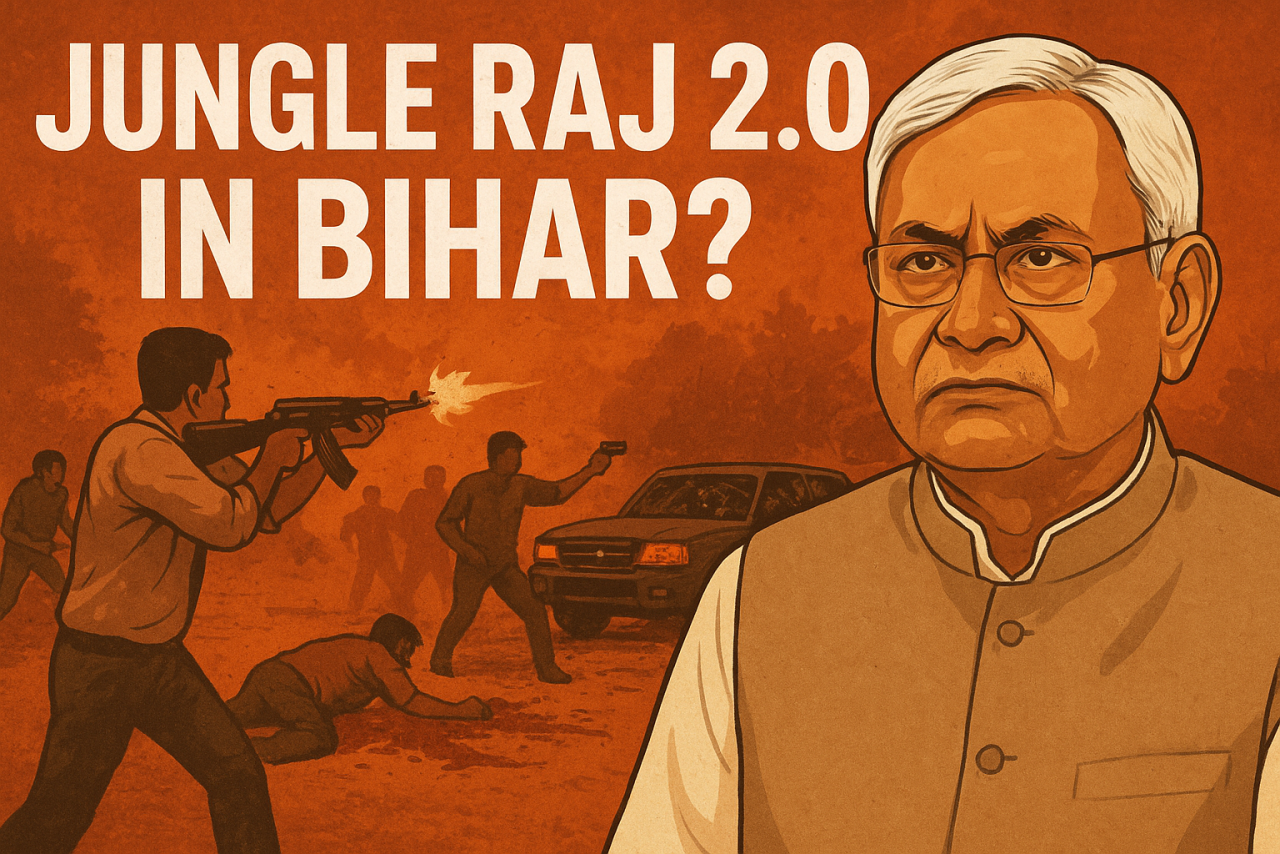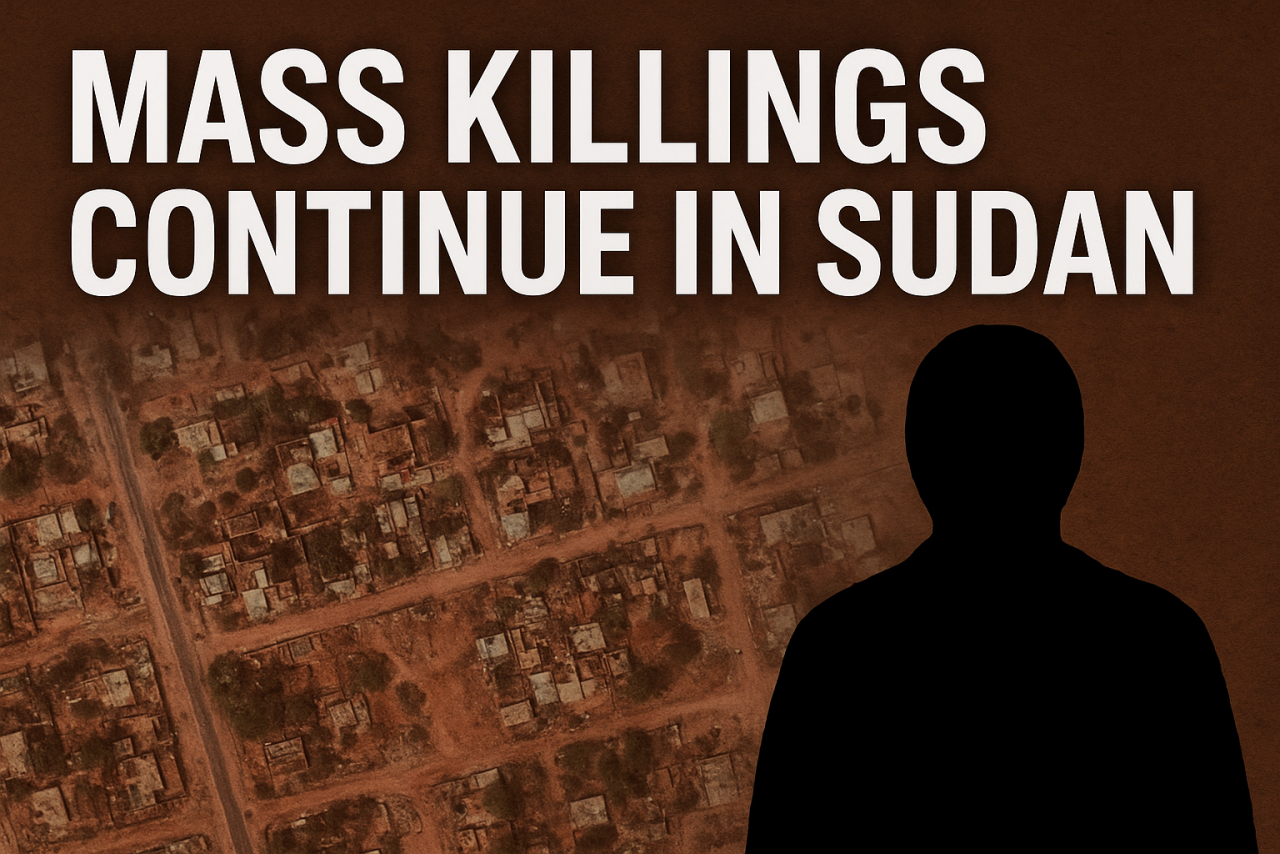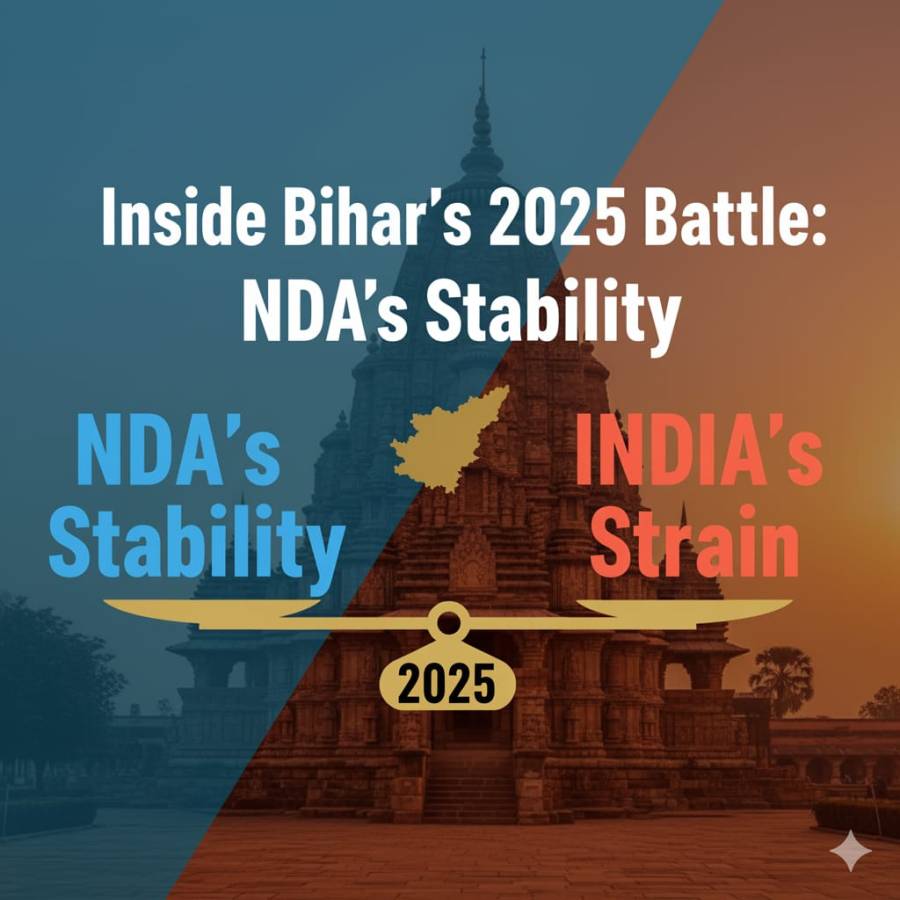
As Bihar gears up for its 2025 Assembly elections, the state once again finds itself at the intersection of legacy politics, alliance challenges, and the ever-evolving aspirations of its electorate. The campaign trails are buzzing, alliances are showing cracks, and leaders from both the ruling NDA and the Opposition INDIA bloc are making their final pushes to define the narrative—each attempting to convince the people that they alone hold the key to Bihar’s progress.
Seat-Sharing Strains and Opposition Discord
At the heart of the Opposition’s troubles lies the uneasy relationship between the Rashtriya Janata Dal (RJD) and the Congress. Reports indicate that the two major INDIA bloc constituents are grappling with disagreements over seat-sharing arrangements. Both Rahul Gandhi and Tejashwi Yadav, who were initially projected as united faces of the alliance, are struggling to maintain a cohesive front as negotiations over constituencies continue.
According to party insiders, both sides feel shortchanged. The Congress, which seeks to revive its electoral footprint in Bihar, insists on a fairer share of seats, while RJD believes that as the larger partner, it deserves a dominant position. The tug-of-war has become public, with murmurs that such internal friction could weaken the alliance’s ability to take on the BJP-led NDA effectively.
Leaders privy to the discussions point out that while there is broad agreement on the need to challenge the NDA government, operational unity remains elusive. For now, both camps are putting up a brave face, insisting that “talks are ongoing,” but the political undercurrent reveals frustration. With just months to go before polls, the alliance’s cohesion may determine whether Bihar witnesses a replay of 2020’s results or a change in the state’s political balance.
The NDA Offensive: Shah’s ‘Jungle Raj’ Narrative
Meanwhile, the ruling National Democratic Alliance has wasted no time setting the tone of its campaign. Union Home Minister Amit Shah and senior BJP leaders have revived the party’s familiar but potent refrain—warning voters against the return of “jungle raj.” Addressing rallies in Gopalganj and Samastipur, Shah accused the RJD of presiding over a period of “crime and corruption” that plagued Bihar in the past, invoking the specter of misgovernance under previous regimes.
“For 20 years, Nitish Babu, first with the NDA and then with the support of the BJP, has put Bihar on the path of development,” Shah declared, contrasting the NDA’s governance record with what he described as the RJD’s lawless years. His message to voters was simple but strategic: a vote for the Opposition, he said, is a vote to turn the clock back on Bihar’s progress.
The BJP’s campaign has also sought to appeal to regional pride. Shah and Nitish Kumar have both emphasized that “being called a Bihari is now a matter of pride,” positioning the NDA as the coalition that restored the state’s dignity and development credentials. Nitish, who remains the chief ministerial face of the NDA, urged voters to “give the alliance another chance” to continue Bihar’s “double-engine” growth model.
The Opposition’s Counterattack: Corruption and Neglect Allegations
While the NDA has anchored its campaign on stability and progress, the Opposition INDIA bloc has hit back with charges of corruption and administrative failure. At a rally in Begusarai, Congress leader Priyanka Gandhi Vadra and RJD’s Tejashwi Yadav jointly accused the NDA of misleading voters with “fake propaganda detached from ground realities.” They argued that Bihar’s young population continues to face unemployment, inadequate healthcare, and weak infrastructure despite two decades of NDA rule.
Tejashwi Yadav, who remains the RJD’s most prominent face, vowed to create “a new Bihar” by focusing on jobs and education. “I’m young, but true to my word—jobs for every jobless household within 20 months,” he promised, echoing the 2020 election plank that helped RJD emerge as the single-largest party that year. Priyanka Gandhi, for her part, warned voters not to fall for “hollow promises” from Prime Minister Narendra Modi and Nitish Kumar, accusing both of betraying Bihar’s youth and women through years of unfulfilled assurances.
Samajwadi Party chief Akhilesh Yadav also joined the Opposition chorus, predicting that Nitish Kumar “will not return as CM” if the NDA loses ground. He framed the contest as one between “Bihar’s dignity and Delhi’s dominance,” calling on voters to back regional leadership over what he called “remote control politics.”
A High-Stakes Contest of Narratives
The 2025 Bihar Assembly elections are shaping up as more than a routine state contest—they are a test of political adaptability and alliance arithmetic. The NDA, armed with the incumbency of Nitish Kumar and the organizational might of the BJP, is betting on its governance record and the perception of stability. The Opposition INDIA bloc, however, is banking on anti-incumbency, youth discontent, and the promise of a more inclusive development model.
But beneath the speeches and slogans lies a deeper battle: one of identity and ideology. The NDA’s campaign seeks to consolidate its “development versus disorder” narrative, while the Opposition is trying to shift the focus toward unemployment, inflation, and social justice.
With both camps bringing national heavyweights into Bihar’s political arena—Amit Shah, Priyanka Gandhi, Rahul Gandhi, Akhilesh Yadav, and Tejashwi Yadav—the state’s voters are being courted from all directions. As the campaign intensifies, Bihar once again stands as a mirror to India’s democratic churn: where alliances are fragile, promises plentiful, and the verdict always unpredictable.


